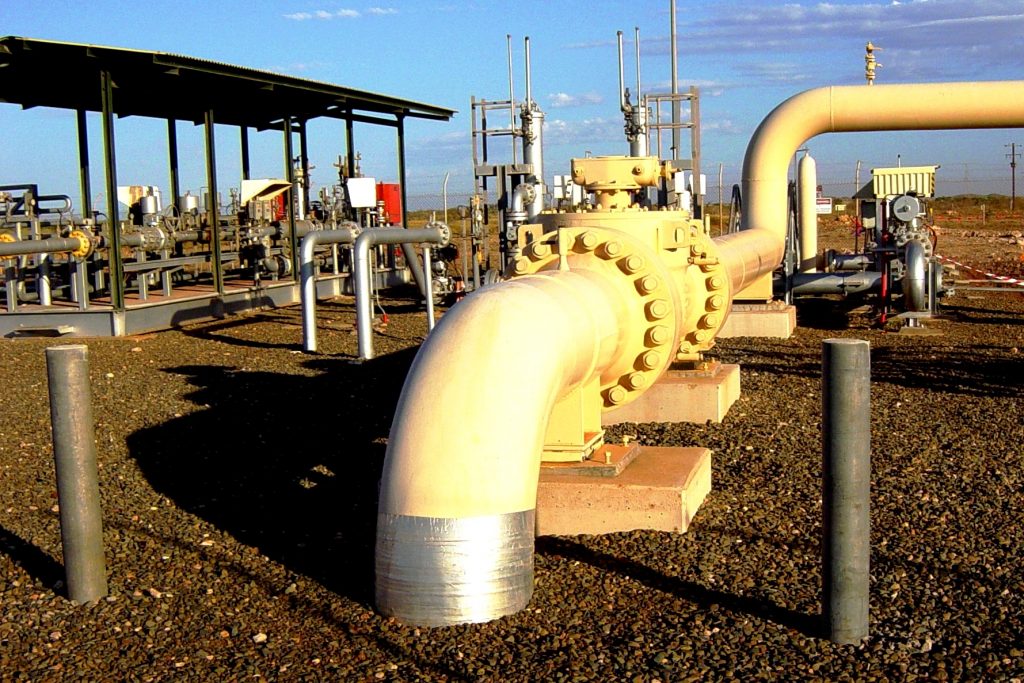- Client: European Parliament - Group of the Progressive Alliance of Socialists and Democrats (S&D Group)
- Implementation period: October, 2017 - February, 2018 (Completed)
- Geographic coverage: European Union
- Theme: Energy
- Topic:
- Experts: Koen Rademaekers, Luc van Nuffel, Jessica Yearwood Travezán
To what extent is EU support for trans-European gas infrastructure in line with the climate goals?
The objective of this study was to assess to what extent ENTSOG’s Ten Year Network Development Plan (TYNDP) and the selection of EU Projects of Common Interest (PCIs) are in line with the 2030 EU Energy and Climate Framework and the impact of more ambitious 2030 targets; in particular for energy efficiency (30, 35 and 40% improvement of energy efficiency). The study provided recommendations on how to adjust the policy framework supporting gas infrastructure to bring future investments in line with the energy and climate targets, to prevent stranded assets and ensure optimal allocation of EU (financial) support. At last, the study also explored the technical and economic feasibility of decarbonising (existing or future) gas infrastructure by e.g. shifting to hydrogen, adding biogas or synthetic methane, or using decommissioned gas infrastructure for CO2 transport and storage.

The study concluded with the following key recommendations:
- According to the scenarios used for preparing the latest TYNDP, the EU is not on track to comply with the climate commitments in terms of CO2 emissions generated by the energy sector. The use of fossil fuels – including natural gas – will have to be reduced more drastically to meet COP21 Paris Climate Agreement commitments;
- Proposals for new gas infrastructure projects in the context of TEN-E/PCI or CEF funding should be carefully scrutinised in order to avoid overinvestments and cost impacts which might harm the affordability of energy for businesses and citizens;
- Use of natural gas infrastructure to transport and distribute green gas should be facilitated. In view of facilitating the development of green gas, adequate policy measures should be taken to stimulate supply of and demand for green gas;
- Implementation of Power to Gas technologies (hydrogen or synthetic methane) should be supported to facilitate the development of variable renewable energy sources and to decarbonise energy supply;
- Decommissioned pipelines and depleted natural gas fields could be used for transporting and storing carbon dioxide, but the economic viability of CCU and CCS is currently not ensured. It could be enhanced by a higher CO2 price and by co-financing of innovative projects by CEF or the ETS Innovation Fund.